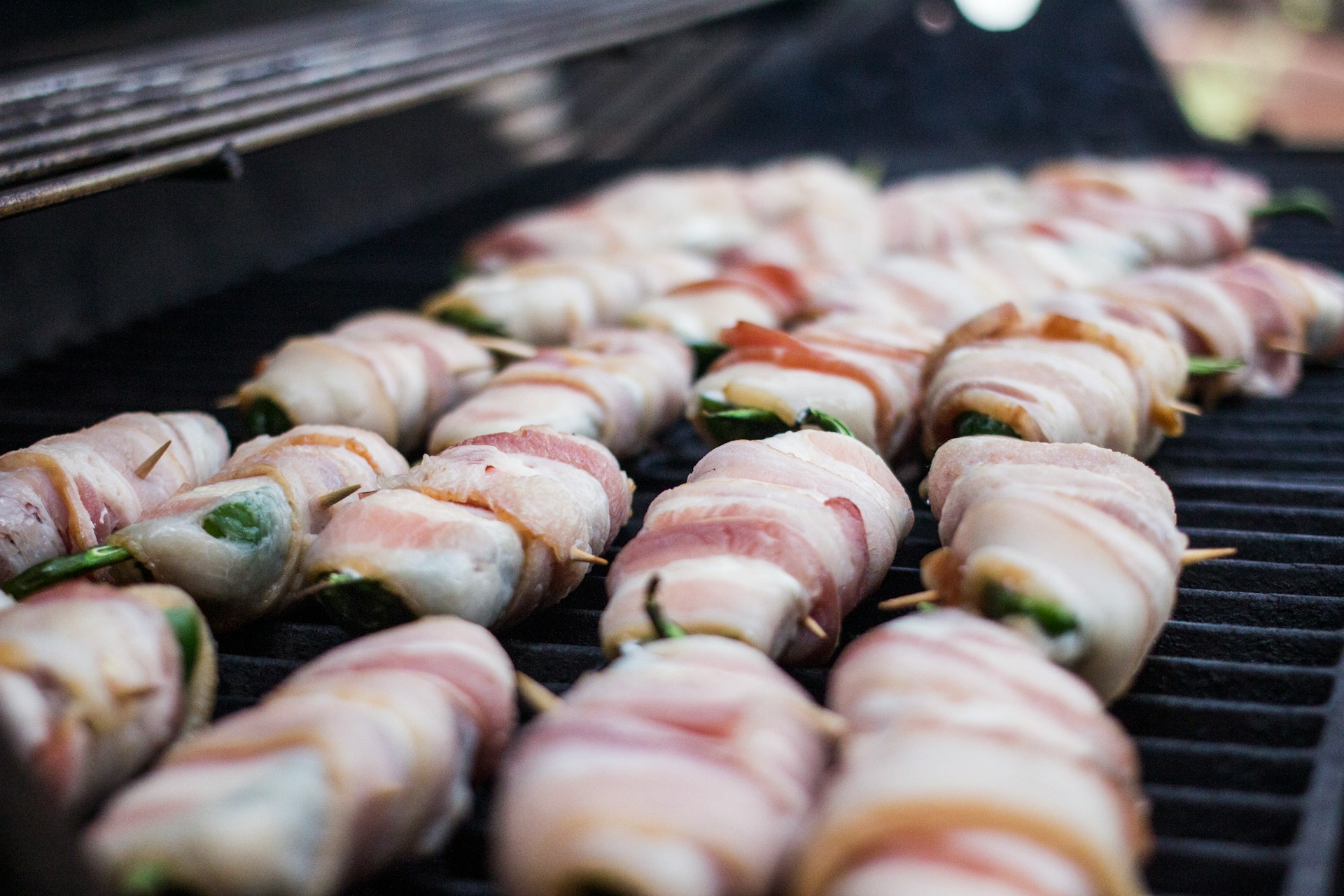
Food safety extends far beyond the consumer packaged good industry or what you see on food recall headlines. Most foodborne illnesses begin right at home—with simple food safety mistakes made during meal prep and storage. Whether you’re packing kids’ lunches, preparing a weeknight dinner, or stocking up the fridge, adopting safe food practices in your kitchen is essential. This post shines a light on the most frequent kitchen hygiene errors and cross-contamination risks and offers practical steps to help you and your loved ones stay safe.
Why Kitchen Hygiene Matters Every Day
Most home cooks don’t realize how quickly germs can spread in the kitchen. Improper kitchen hygiene creates an environment where bacteria like Salmonella, E. coli, and Listeria thrive. This can lead to foodborne illness, which causes an estimated 48 million cases annually in the United States alone. Keeping your food, surfaces, and utensils clean greatly reduces this risk.
Forgetting to Wash Hands Before and During Cooking
Hands Can Spread Germs Faster Than You Think
Our hands touch almost everything in the kitchen—from packaging to produce to raw meats. If you jump straight from opening a package of chicken to slicing veggies, you risk transferring harmful bacteria. Proper handwashing is simple but often overlooked.
Safe Practice Tip
Wash hands thoroughly with soap and warm water for at least 20 seconds before, during, and after preparing food, especially after handling raw meat or eggs. Dry hands with a clean towel or paper towel.
Not Cleaning Surfaces and Utensils Immediately
Residual Bacteria Thrive on Dirty Counters and Tools
Bacteria don’t just live on your food. They can also linger on cutting boards, knives, and countertops. If you use a knife or board for raw chicken and then use it for salad greens, you could be introducing unwanted guests to your next meal.
Safe Practice Tip
After preparing raw foods, clean all surfaces and utensils with hot, soapy water. Consider using separate cutting boards for raw meats, vegetables, and ready-to-eat foods.
Ignoring Cross-Contamination Risks
Mixing Raw and Cooked Foods Can Lead to Illness
Cross-contamination is one of the leading causes of foodborne illness in home kitchens. Placing cooked food back on a plate that held raw meat, or reusing marinades, creates easy pathways for bacteria.
Safe Practice Tip
Never place cooked items on surfaces that held raw foods. Use dedicated plates, platters, and tongs for finished dishes. If you marinate with a sauce that touched raw meat, bring it to a boil before reusing or serve with a clean batch.
Underestimating Safe Food Storage
Improper Storage Encourages Bacterial Growth
Food safety mistakes don’t stop at meal prep. Leaving leftovers at room temperature for hours or storing food incorrectly can turn last night’s dinner into a hazard.
Safe Practice Tip
Refrigerate perishable foods within two hours (or one hour on hot days). Set your refrigerator to 40°F (4°C) or below and your freezer to 0°F (-18°C). Use airtight containers and label leftovers with the date.
Overlooking the Role of Temperature Control
The Temperature Danger Zone
Bacteria multiply most rapidly between 40°F and 140°F (4.4°C to 60°C)—nicknamed the “danger zone.” Failing to cook foods to safe temperatures or relying on sight or smell alone can put your family at risk.
Safe Practice Tip
Use a food thermometer to check that meats, poultry, and leftovers reach recommended internal temperatures. Store hot foods above 140°F and cold foods below 40°F. Don’t leave food out on the counter longer than necessary.
Skipping Regular Checks of Packaged Foods
Expired or Damaged Packages Can Introduce Risk
While focus often sits on kitchen hygiene, issues in the consumer packaged good industry still matter. Damaged, bulging, or expired packages can be a source of food contamination.
Safe Practice Tip
Always inspect packaged goods before purchase and use. Discard anything with broken seals, dents, or weird odors. Remember that “best by” dates indicate optimal quality, not safety. When in doubt, throw it out.
Stay Safe With Every Meal
Food safety is not just about following rules in an industrial kitchen. It’s about small, consistent actions in your own home. By avoiding these food safety mistakes and prioritizing kitchen hygiene and safe food practices, you dramatically reduce the risk of foodborne illness for your family.
Making these steps a habit is the best form of cross-contamination prevention. Don’t wait until a close call to take kitchen safety seriously. Take simple, proactive steps every day to ensure every meal you prepare is safe.

